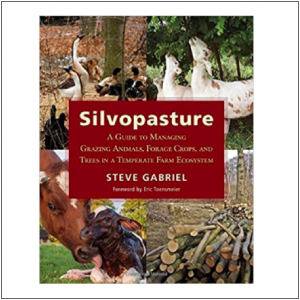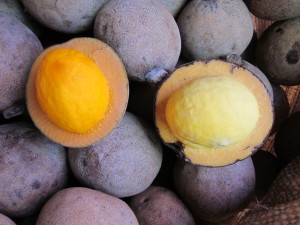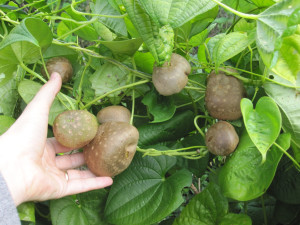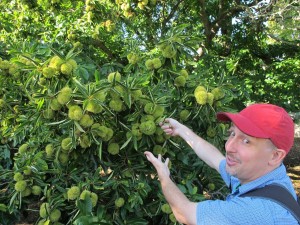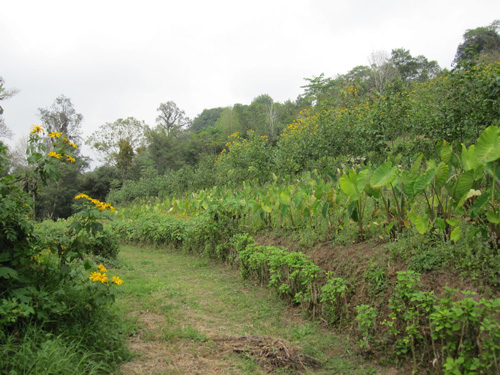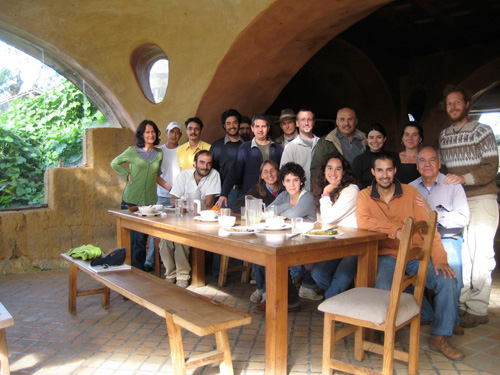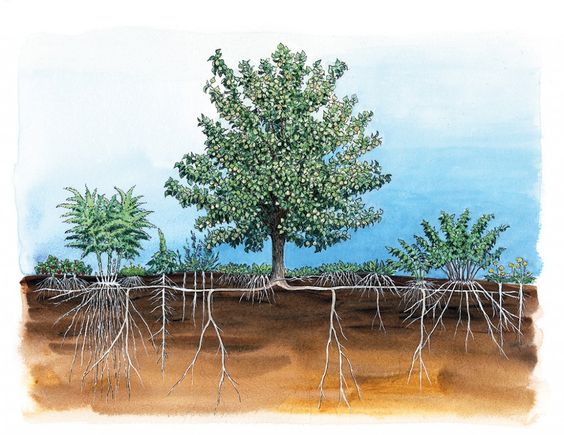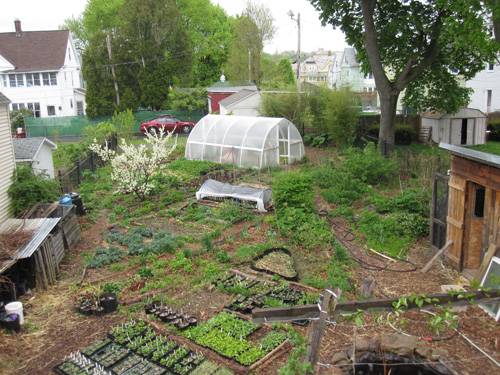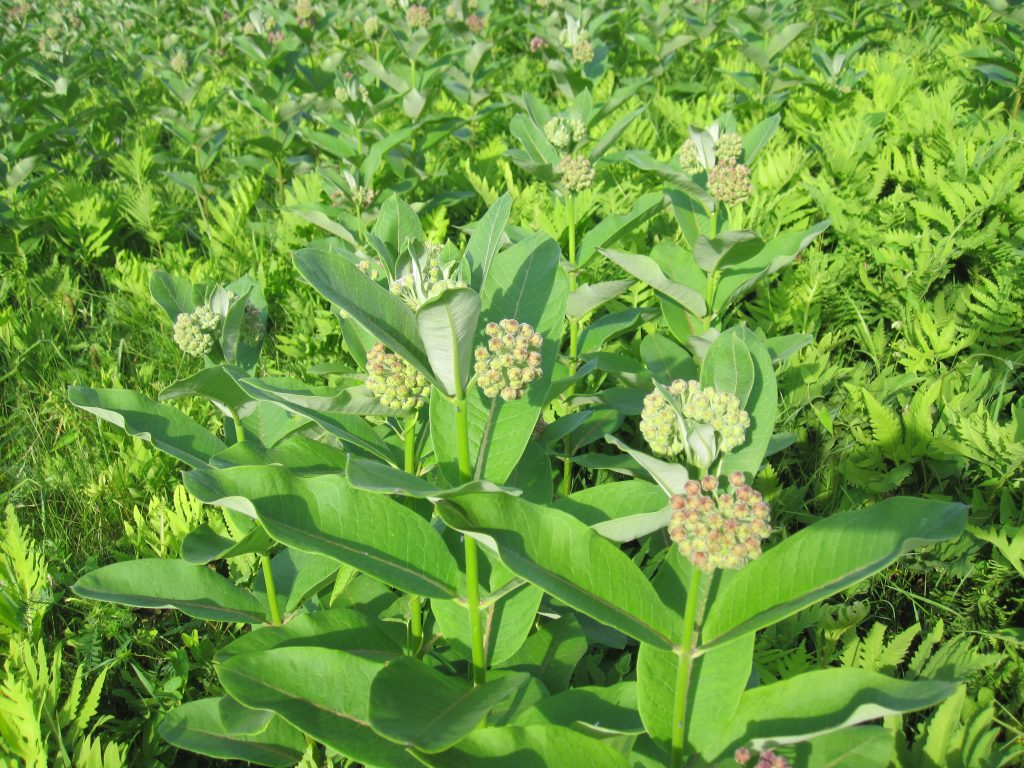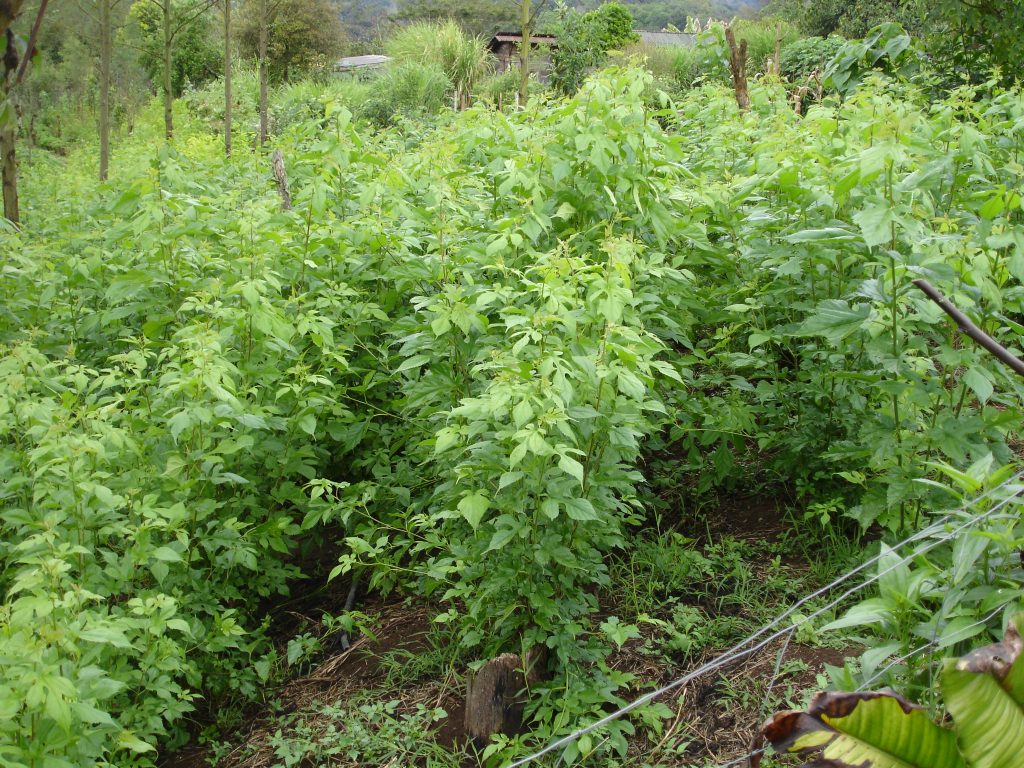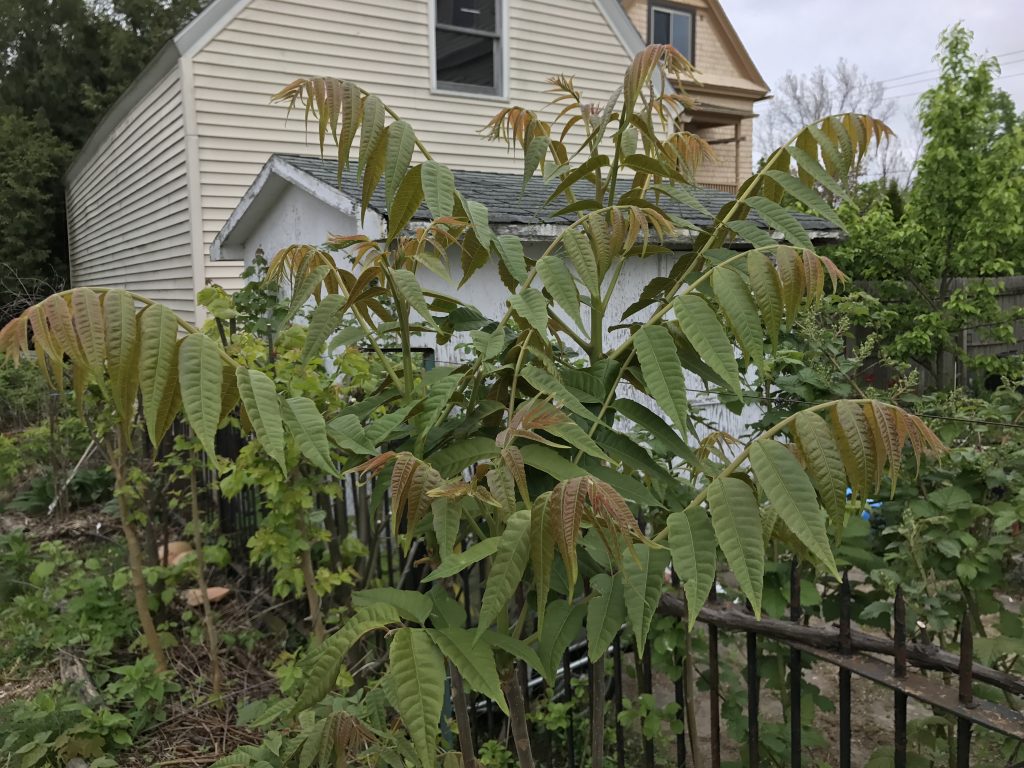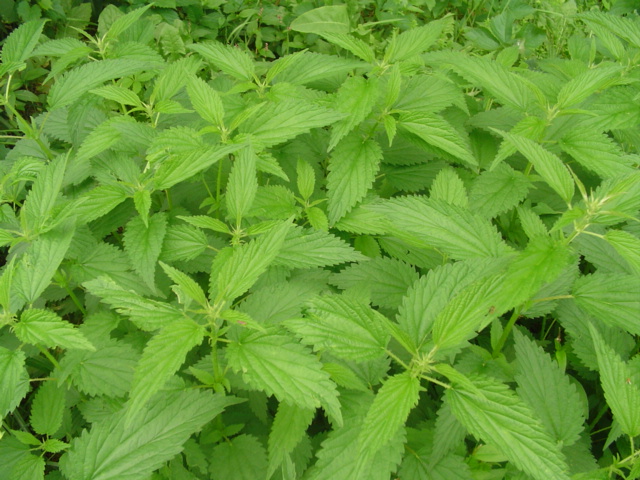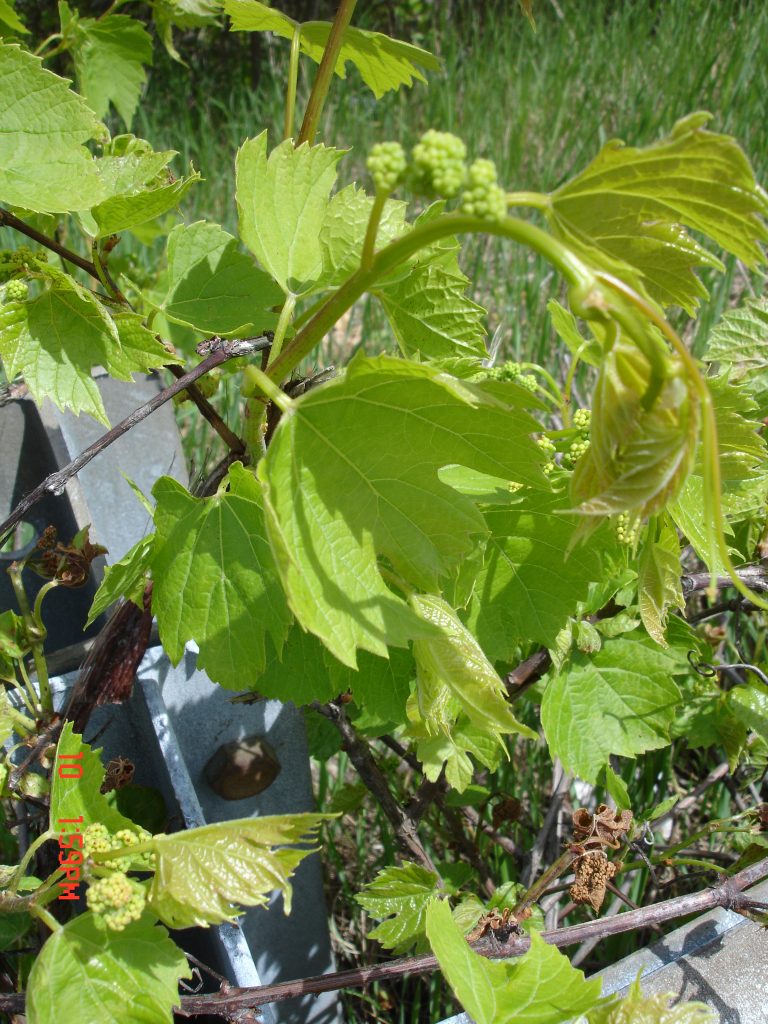Did you know that many perennial vegetables are much higher than commonly grown vegetables in the nutrients that can address deficiencies affecting over 2 billion people? These deficiencies don’t only affect people in the Global South – but also people in the US and Europe, who don’t or can’t afford to eat enough vegetables. Researchers estimate that we would need to grow three times as many fruits and vegetables as we do today in order to meet the world’s nutritional needs. That’s why the perennial crops that are especially high in these nutrients are so important.
That’s the summary of a paper I published last year in a respected scientific journal. We pulled together data on nutrition from over a hundred sources. But there were so many gaps – many of my favorite vegetables had never been tested, or only had one or two nutrients tested. Well now it’s time for the next phase. Working with a team from Sweden, and in my new role as Director of the Perennial Agriculture Institute, I’m raising funds to do the (rather expensive) testing of some of our most promising cold-climate vegetables. And we could use your help! If you are interested, please visit our campaign page and contribute. We’re testing hablitzia, linden leaf, hosta shoots, and scorzonera leaf – all delicious, easy to grow, and lacking in data.
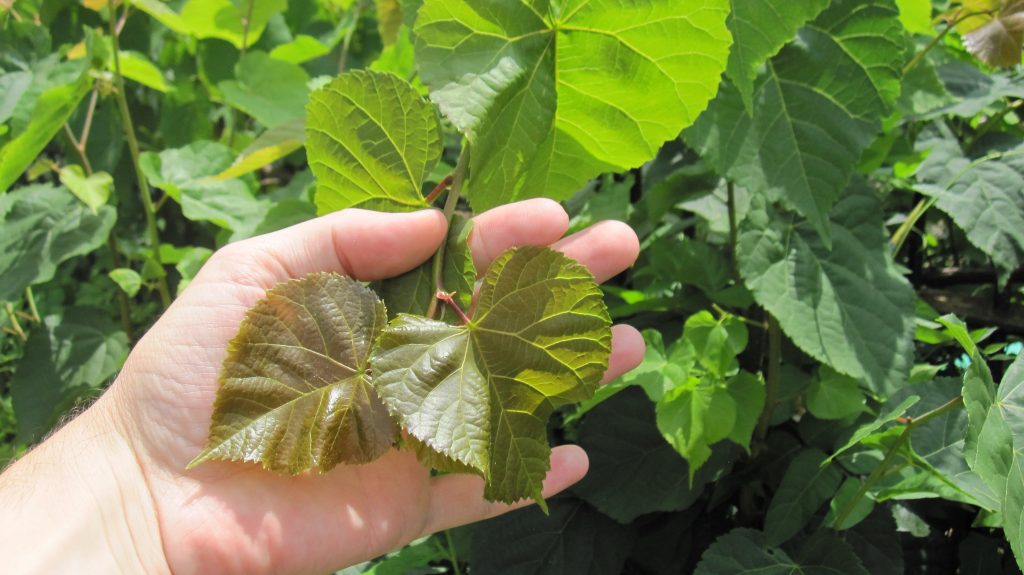
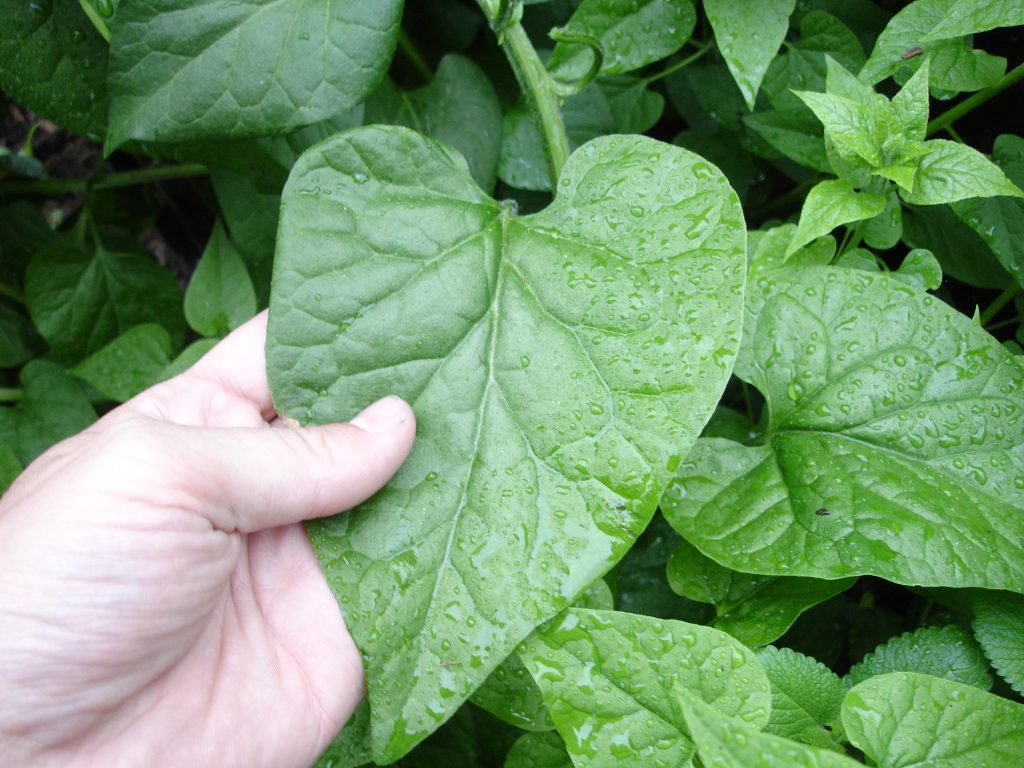
Here’s my list of the most nutritious perennial vegetables for cold climates based on my 2020 article. These the ones that are highest in the nutrients most needed to address “industrial diet deficiencies,” which include fiber, calcium, magnesium, and antioxidants including vitamins A, C and E. I hope our new project will allow us to add a few more to the list.
Common milkweed (Asclepias syriaca). The cooked shoots are extremely high in Vitamin C and very high in Vitamin A and calcium. In fact milkweed is eight times higher in Vitamin C than oranges!
Fireweed (Epilobium angustifolium). Edible shoots very high in magnesium and Vitamin C, high in fiber and calcium.
Edible-leaf mulberry (Morus alba). Not all mulberries have tasty leaves, but some varieties do. They are very high in fiber, calcium, magnesium, and Vitamins A and C.
Bladder campion (Silene vulgaris). The young leaves of this common weed, which is cultivated as a vegetable in Italy, are very high in fiber and Vitamins A and C.
Chinese toon (Toona sinensis). The leaves of this tree, which taste like chicken soup, are the second most nutritious vegetable in the world according to my research. Extremely high in vitamins A and E, very high in calcium and Vitamin C.
Stinging nettle (Urtica dioica). Cooked shoots are a popular wild vegetable. Extremely high in Vitamin E, very high in calcium and Vitamin C, high in Vitamin E.
Grape leaf (Vitis vinifera). Worth eating for nutrition and not just because stuffed grape leaves are delicious. Extremely high in fiber, very high in calcium, magnesium, and Vitamin A, and high in Vitamin E.
Thanks for reading and do consider making a contribution to support this important research project. And don’t forget to eat your vegetables!

